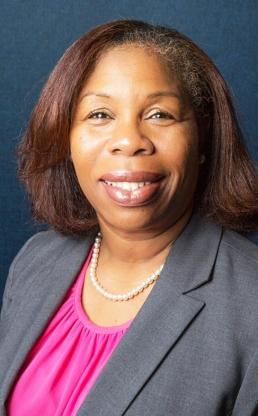In this year like no other, we may find ourselves teaching remotely or teaching in-person to smaller groups of students in masks — or toggling between the two. This is a new reality for educators, early learners and parents alike.
That’s why two diverse groups of elementary school teachers, paraprofessionals, teacher leaders and coaches met virtually throughout the summer to support early learning and minimize the COVID-19 achievement gap. The educators make up our union’s Early Childhood Task Force and our Elementary Education Remote Learning Focus Group. Read their findings.
Another group of union officials met virtually with the Department of Education throughout the summer to discuss blended instruction. We worked to help the DOE adjust its instructional guidance and make sure educators have the personal protective equipment they need. We also advocated to ensure the model had appropriate class sizes and met social distancing requirements.
As always, it is the teachers in the classroom who are figuring out how best to serve their students in this unusual school year.
Doreen Green, a 1st-grade teacher at PS 156 Waverly in Brownsville, Brooklyn, says in-person learning provides a valuable opportunity to establish positive relationships with students. “The relationships we build by having this in-person connection allow us to foster trust and ensure an environment where students feel loved, welcome and worthy,” she says.
Michael Cornell, a 5th-grade math and science teacher at Thurgood Marshall Academy Lower School in Harlem, believes communication is crucial. Before school started, he said, “We called all families and connected with them to build relationships.”
He advises remote teachers to keep things simple and organized for the students. “Create activities and assignments you can sustain and give students feedback and support,” he said. “You can’t expect students to do the assignments if you’re not giving them feedback.”
Cornell also recommends being mindful of students’ attention span and organizing assignments in 20-minute blocks with breaks in between. He starts each school day with a social-emotional check-in and sends out weekly progress reports so students can make up any work over the weekend.
But no matter which model you are using, Green says, “Children will pick up your energy, so try to be positive.”
Teresa Bello, a pre-K teacher at PS 185 in Manhattan, said it was important to limit the time that fully remote students spend in front of the computer. She cited research that shows that too much screen time can alter youngsters’ brain development, self-image and peer interactions, and increase their risk for attention deficit hyperactivity disorder.
“I would advise parents to stay within the Centers for Disease Control and Prevention’s recommended screen time for their child’s age group,” Bello says. “When technology work is done, make sure to get children outdoors in nature. Take a walk, look at the East River, visit Central Park.”
No two ways about it — this is a challenging year. We can reassure our students that it’s OK not to be OK. As long as you are open and answer their questions honestly, you’ll build rapport and create meaningful relationships with students and their families.
